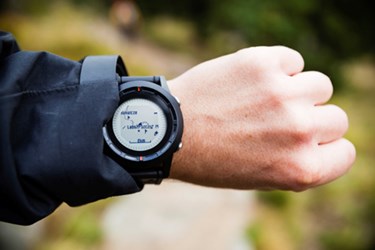110 Million Wearables To Ship This Year

By Katie Wike, contributing writer

An IDC Research report predicts that, by the end of this year, adoption of wearable medical and fitness devices will skyrocket over 110 million.
Your patients will be purchasing more wearables than ever before, according to a report from IDC Insights. In the coming year, the market for wearable fitness devices is expected to grow to over 110 million sales.
“Although smartwatches like the Apple Watch or Android Wear devices capture the spotlight, they will only account for a quarter of all wearables in 2016 and will grow to about a third by 2020,” said Jitesh Ubrani, Senior Research Analyst for IDC Mobile Device Trackers in an announcement. “It's time to start thinking about smarter watches — traditional watches with some sort of fitness or sleep tracking but are unable to run apps — built by classic watch makers. These devices have the potential of making the technology invisible while still integrating themselves within day-to-day activities.
“By creating smarter watches, vendors also stand to side-step some of the typical challenges that smartwatch platforms face. There's no need to create a developer or app ecosystem for one thing, and there's plenty of room for simpler devices that appeal to the average user while smartwatches continue catering to the technophiles.”
Fierce Mobile Healthcare notes this growth is expected to continue past 2016, with 237.1 million wearable device shipments by 2020. Driving this growth is the popularity of specific brand devices such as the Apple Watch and wristband, which are expected to reach 100 million shipments this year (more than the 72.2 million shipped last year). New wearable types will result in 9.8 million units in 2016 and that number is expected to double over the next four years.
“With few exceptions, this part of the smartwatch market is still in its initial stages,” Ramon Llamas, research manager for IDC wearables, said in the announcement. “We expect to see major changes, with smartwatches that actually look like watches, user interfaces that are easier than swipes and gestures, applications that rival those on our smartphones, and connections to networks, systems, and other devices.”
